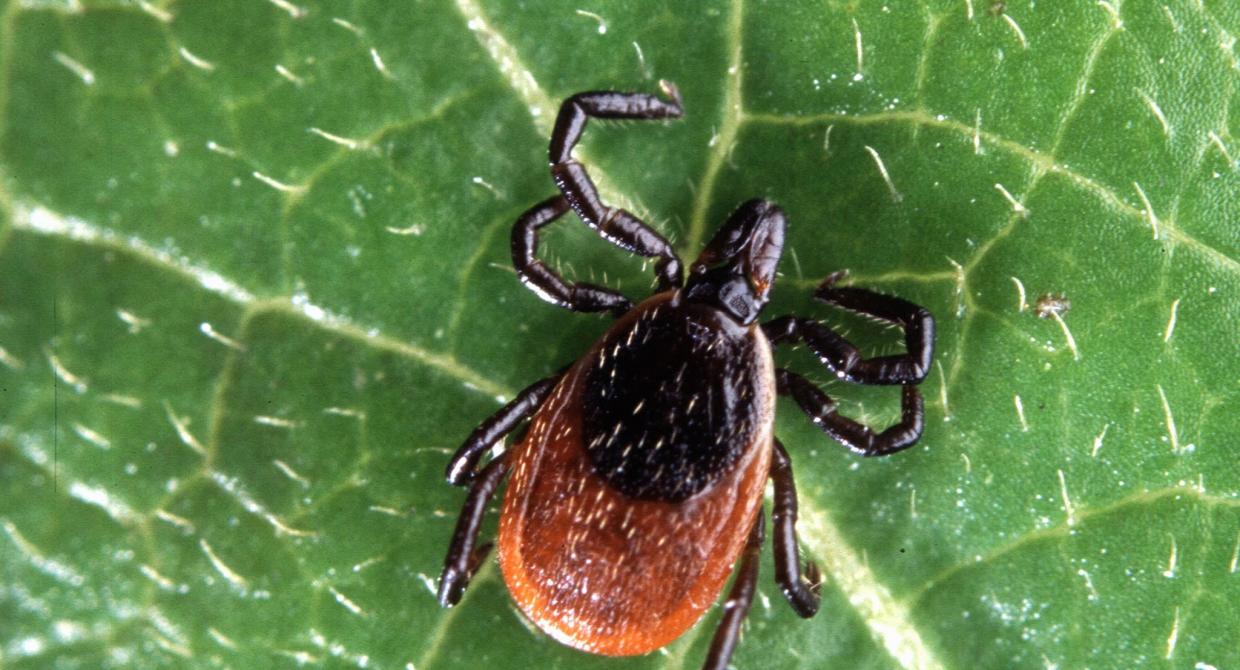Ticks 101: Avoiding Bites on and off the Trail
Title

Body
There’s no reason to let ticks scare us out of the woods, but its important to know the risks, take common sense precautions, and get the proper treatment, if necessary.
Thirty years ago, few people worried about tick bites and even fewer had heard of Lyme disease. Now, not knowing about the danger can lead to serious illness.
Ticks are tiny arachnids that latch onto mammals or birds, feeding on the blood of their host and passing on the germs they’ve picked up feeding on previous hosts. A tick that bites you after feeding on a deer, for example, can share those germs with you.
Lyme disease is the best- known tick-borne illness, but ticks can also transmit Bartonella, Babesia, anaplasma, mycoplasma, Ehrlichia, Rocky Mountain spotted fever, and the Powassan virus, a rare but potentially fatal brain infection. And, since ticks frequently carry multiple pathogens, it’s not unusual for those who are bitten to develop more than one of those co-infections.
Does that mean a tick bite will automatically lead to one of those diseases? No. Not all ticks are infected. But recent studies indicate more ticks are carrying more germs than ever before. And indications are this is the worst tick season we’ve ever seen. Ticks are on the trail, on rocks, and probably even in your backyard.
The Centers for Disease Control estimates 300,000 new cases of Lyme are diagnosed in the U.S. every year, but scientific groups like the International Lyme and Associated Diseases Society (ILADS) insist Lyme and other tick-borne illnesses are substantially underreported and undertreated.
So, what’s a hiker to do? First, prevention is key. Wear clothing that covers most of your body and use tick repellent. Remove and launder your clothes promptly after hiking, and check your body for ticks or unusual marks.
What to Do After a Tick Bite
-
If a tick is latched onto your body, remove it carefully at the head with sharp tweezers or a tick removal tool. Squeezing the tick could lead to infection.
-
Clean the affected area thoroughly, and apply an antibacterial cream.
-
Save the tick in a clear plastic bag to identify the species. This will help determine which infections could be involved.
-
Symptoms of a tick-borne infections can often look and feel like a variety of other illnesses, such as the flu. Lyme disease is often accompanied by a “bulls-eye” rash at the site of the tick bite, but not always. If you’ve been bitten, contact a doctor experienced in treating tick-borne infections.
Mike Schneider is an Emmy Award-winning journalist. He most recently created and hosted the PBS hiking/adventure show On the Trail with Mike Schneider. Michele deAntonio, MD is a board-certified pediatrician. She is a member of ILADS: The International Lyme and Associated Diseases Society. The couple are avid hikers and Trail Conference members.
